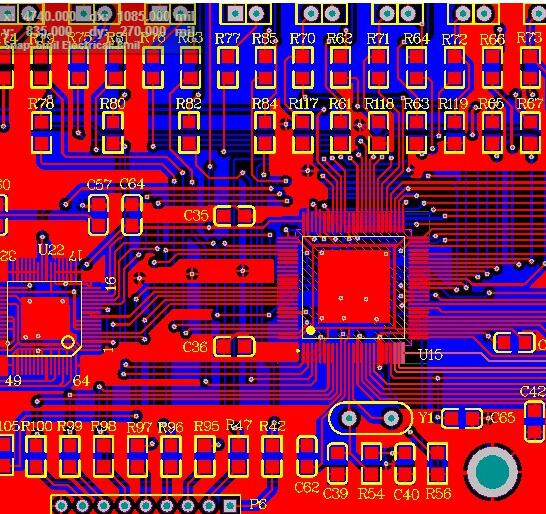A sensor is a detection device that senses measured information and converts it into electrical signals or other desired forms of information output based on specific laws, thus meeting a variety of needs such as transmission, processing, storage, display, recording and control of information. In recent years, with the continuous advancement in automotive technology, many sensors have been installed in automobiles for detecting parameters such as temperature, pressure, position, and speed. As a result, the demand for sensors continues to grow significantly.The materials used in sensors, especially the substrate material, play a crucial role in their performance and reliability. Ceramic substrates, with their unique advantages, have become the first choice for many sensor manufacturers.
Based on the current manufacturing process, humidity sensors can be categorised into three main types: integrated sensors, thin film sensors, and thick film sensors. Integrated sensors are manufactured using standard silicon-based semiconductor integrated circuit process technology, while a number of circuits for initial processing of the measured signal are also integrated on the same chip. Thin-film sensors and thick-film sensors,on the other hand,are both made by printing circuits directly onto a substrate, although they are processed differently. Thick-film sensors are made by applying a paste to a substrate,which is usually made of aluminium oxide ceramics and heat-treated to form a thick film. Thin-film sensors are formed by depositing a thin film of the corresponding sensitive material on a ceramic substrate.
The use of ceramic substrates has many advantages:
1.excellent thermal conductivity:the traditional aluminium-based circuit board MCPCB thermal conductivity of 1-2W/mk, copper itself, the thermal conductivity of 383.8W/mk, but the insulating layer of the thermal conductivity of the lower, only 1.0 or so W/mk.In contrast, alumina ceramics thermal conductivity of 15-35W/mk, aluminium nitride ceramics, the thermal conductivity of 170-230W/mk,much higher than the copper substrate thermal conductivity of the thermal conductivity of the ceramic material. The thermal conductivity of aluminium nitride ceramics is 170-230W/mk,which is much higher than the thermal conductivity of copper substrates by 2W/mk.
Aluminium / copper-based circuit boards, although the aluminium itself is good thermal conductivity, but due to the existence of the insulating layer, the overall thermal conductivity is affected. In this case, we can choose ceramic substrate as the insulating layer, with aluminium/copper as the base material, thus improving the overall thermal conductivity.

2.Highly matched coefficient of thermal expansion: the humidity sensor has a wide range of operating temperatures, and if the coefficient of thermal expansion between the materials does not match in the high and low temperature environments, it may lead to line detachment,which may lead to the failure of the sensor.The thermal expansion coefficient of the ceramic substrate is closer to that of the humidity sensor, so it has better stability.
3.Excellent insulation properties: the breakdown voltage of the ceramic substrate is up to 20KV/mm, which can effectively prevent short-circuit damage and provide the ultimate protection for sensitive components.
4.Small dielectric loss: ceramic substrate is suitable for the design and assembly of high-frequency circuits,so the dielectric loss is very small,and the signal output from the sensor can reach a lossless level.
5.Strong corrosion resistance:ceramic substrate does not contain organic components,so it has the characteristics of corrosion resistance,acid and alkali resistance, high temperature resistance, to ensure that the humidity sensor in the harsh environment of normal operation.
With the continuous progress of science and technology,humidity sensors in various fields of application will become more and more extensive, and its performance requirements will continue to improve.As an important part of the humidity sensor, ceramic substrate, with its excellent thermal conductivity,high matching degree of thermal expansion coefficient,excellent insulation properties,small dielectric loss and strong corrosion resistance and other advantages,will undoubtedly enhance the performance of the humidity sensor and provide a strong guarantee of stable work. In the future,with the further development of material science and manufacturing process,the application of ceramic substrates in humidity sensors will be more extensive, bringing more convenience and benefits to our life and work.